API Design First: A Practical Approach to Effective API Development
- 08 Oct 2024
- API design first, Conference
Presentation summary
API Design First requires that all stakeholders adhere to the spec that has been agreed. Come join me in this talk where I share our experience helping team instantly convert API specs into executable contracts to help them independently develop and confidently deploy their components. This approach of using API specs as executable contracts addresses several shortcomings associated with code generation based techniques we had tried in the past. I will also be sharing how we went about iterative API Design to allow for collaborative evolution of features. And mainly avoiding breaking compatibility during API evolution.
Key takeaways:
1. API Specifications to API Tests in seconds – Also generative API coverage report (similar to code coverage, but for APIs) to verify adherence for API implementations
2. API Specifications as API Mocks
3. Backward Compatibility Testing – API Spec vs API Spec
4. Using Linters effectively
5. Extracting common API Specification elements and reusing them
6. Single source of truth for API specifications to promote collaboration between all stakeholders
Transcript
In microservices development, adopting an API Design First approach can significantly streamline the process of creating robust APIs. This talk explores the concept of executable contracts and how they facilitate collaboration among stakeholders, ultimately enhancing the quality and efficiency of API development.
Table of Contents
- Introduction to API Design First
- Live Demo: Setting Up Service Virtualization
- Running Tests Against the Provider
- Identifying Backward Incompatible Changes
- Integrating Linting and Compatibility Checks
- The Role of CI in API Development
- Conclusion: The Benefits of API Design First
- FAQ
Introduction to API Design First
API Design First is a methodology that emphasizes the importance of defining APIs before development begins. This approach encourages teams to create a clear and comprehensive API specification that serves as a blueprint for both consumers and providers. By doing so, it fosters collaboration, reduces misunderstandings, and ensures all stakeholders have a unified vision of the API’s functionality.
With API Design First, teams can parallelize their efforts, allowing front-end and back-end developers to work independently. This not only speeds up the development process but also enhances the overall quality of the API by ensuring that it meets consumer expectations from the outset.
Understanding Executable Contracts
Executable contracts are a key component of the API Design First approach. They serve as a formal agreement between API consumers and providers, ensuring that both parties are aligned on the behavior and expectations of the API. Using a toll like Specmatic, these contracts can be automatically validated against the actual API implementation, providing a safety net that helps catch discrepancies early in the development process.
By generating executable contracts from API specifications, teams can create stubs for consumers and tests for providers. This means that both sides can begin development work simultaneously without waiting for the other to complete their tasks. This parallel development is crucial in modern agile environments where time-to-market is a significant factor.
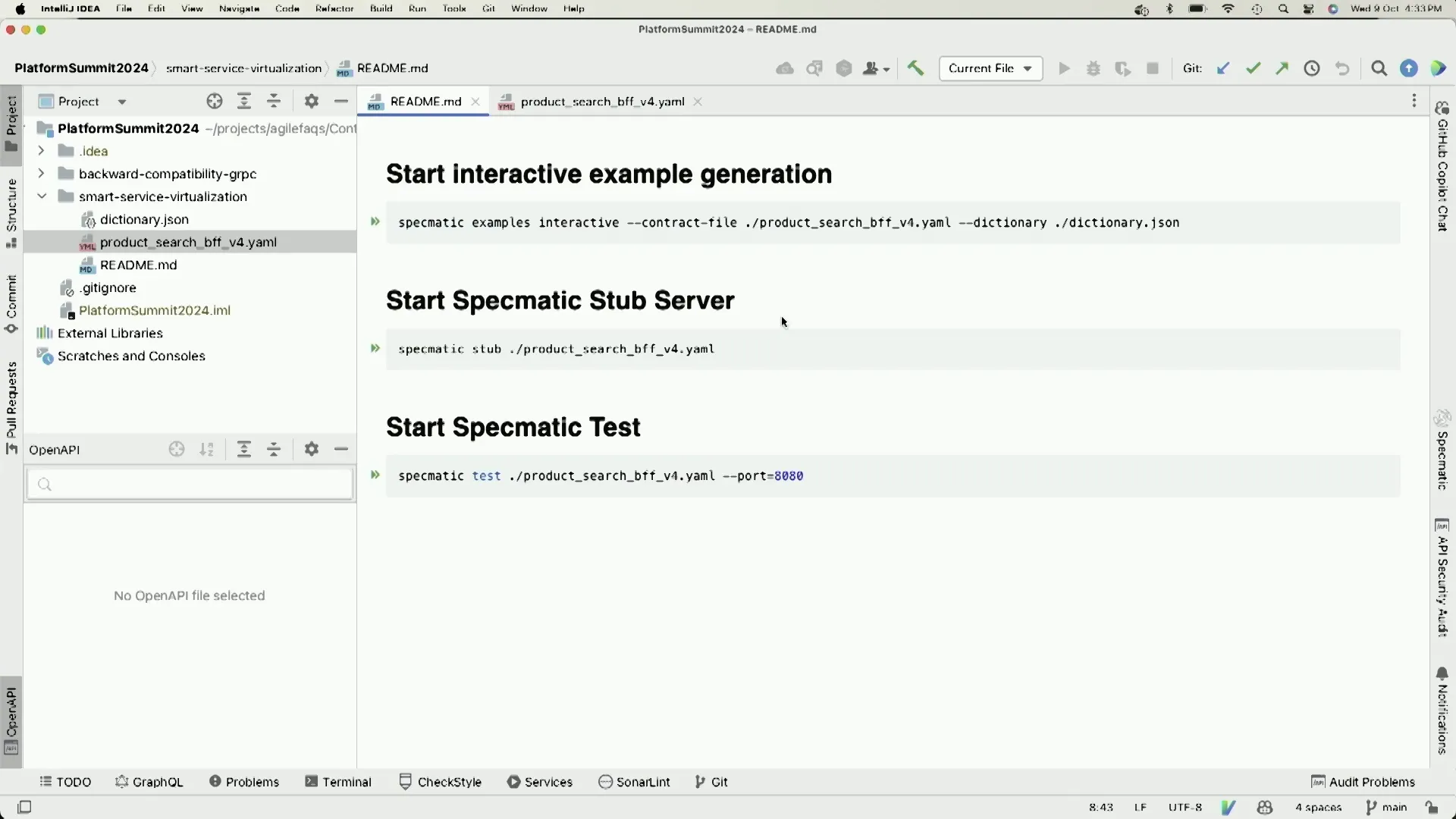
Live Demo: Setting Up Service Virtualization
Setting up service virtualization is a straightforward process that begins with an API specification. The first step involves using a tool like Specmatic to generate a stub server based on this specification. This allows teams to simulate the behavior of the API without requiring the actual implementation to be complete.
Once the stub server is running, developers can interact with it as if it were the live API. This means that front-end developers can start building their applications even if the back-end is still in development. The stub can return predefined responses that mimic the expected behavior of the API, allowing for effective testing and integration.
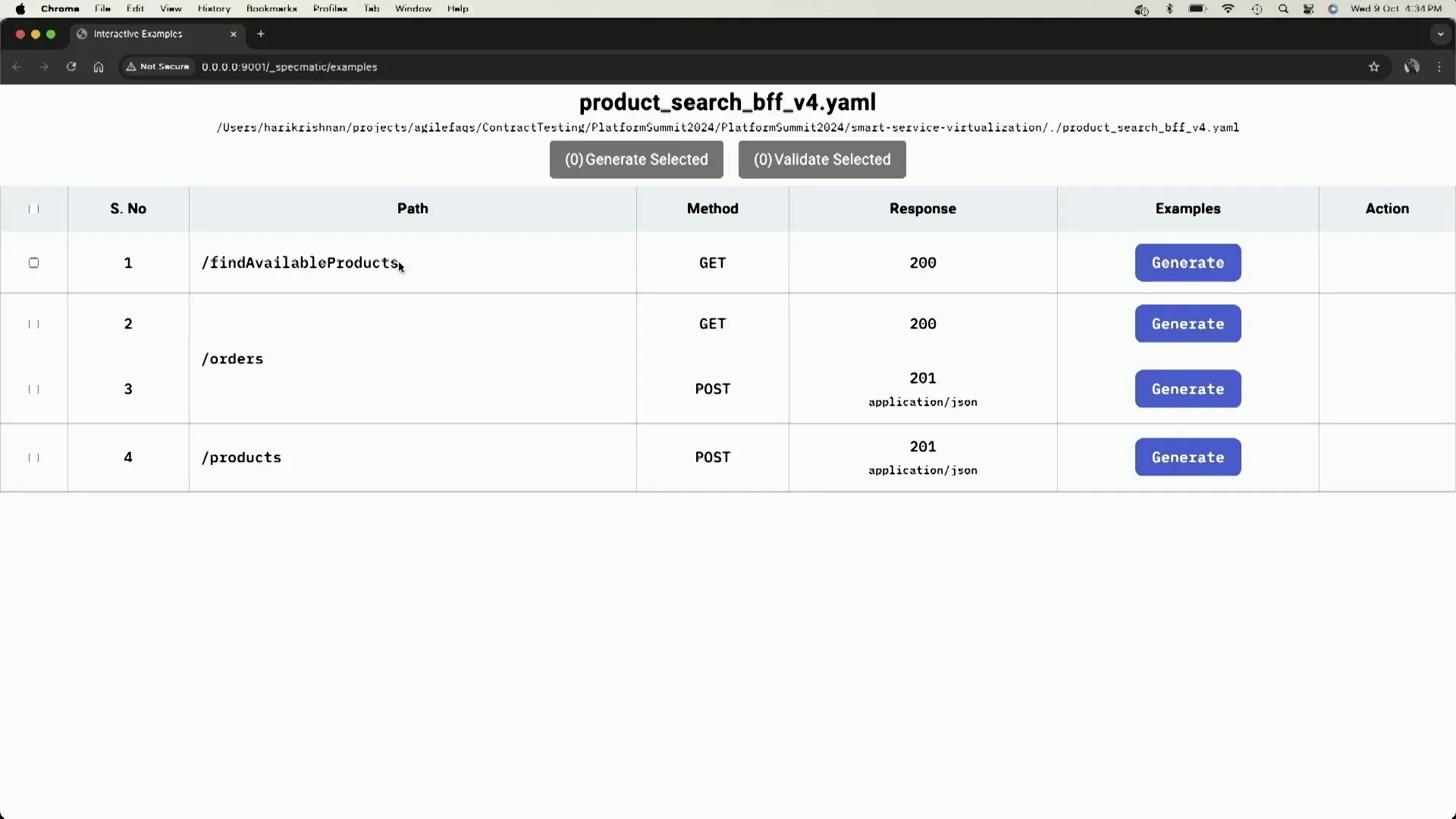
Generating API Examples from Specifications
Generating API examples from specifications is a critical step in the API Design First process. These examples provide concrete data that developers can use to understand how to interact with the API effectively. They serve as both documentation and testing data, bridging the gap between the abstract specification and practical implementation.
To generate these examples, developers can utilize a command that extracts the necessary information from the API specification. This process includes defining request parameters and expected responses, ensuring that the examples are representative of the actual API behavior.
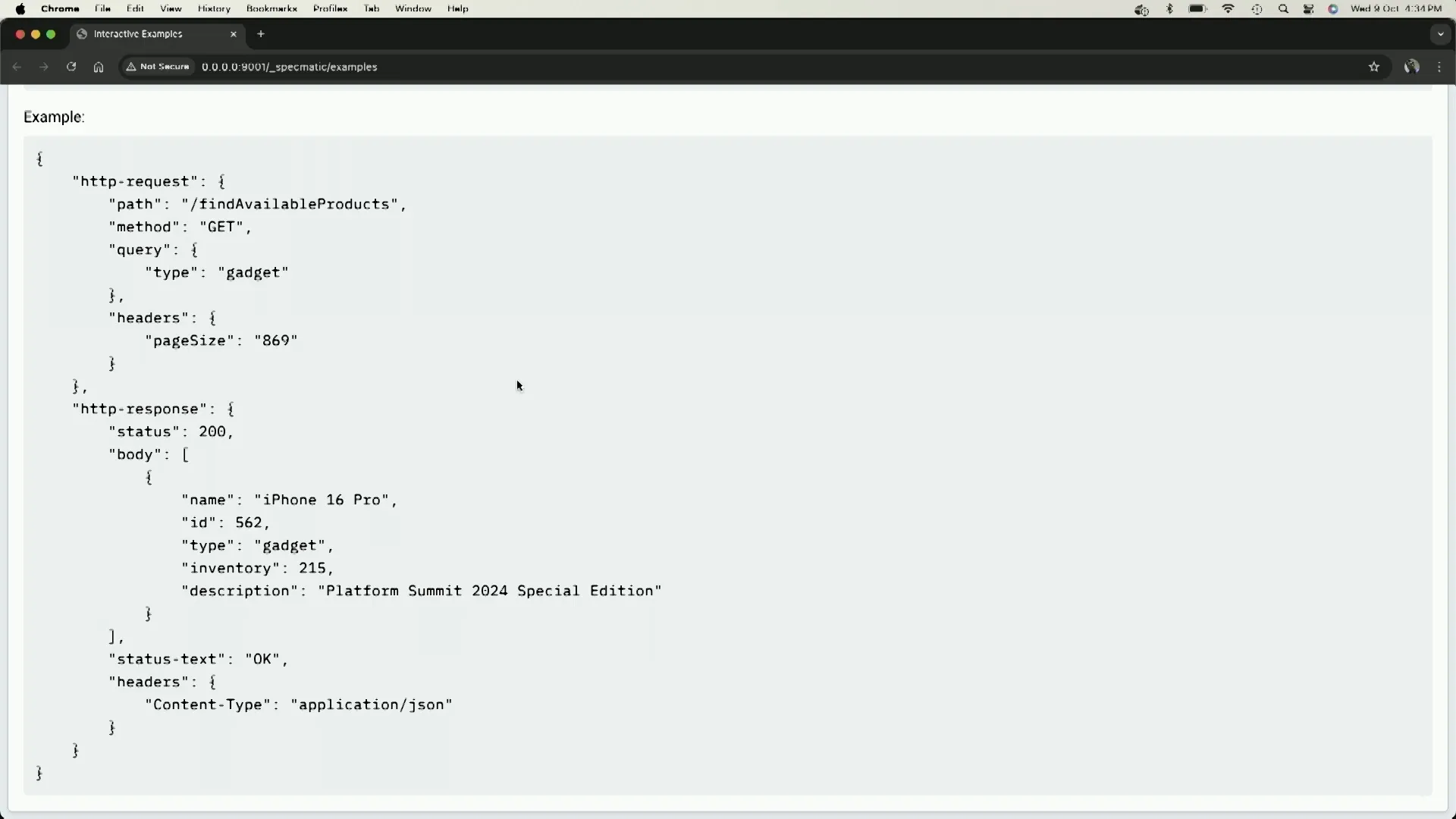
Example Generation Steps
- Start with a clear API specification.
- Use a command to generate interactive examples.
- Review and modify the examples as needed.
- Validate the examples against the specification to ensure accuracy.
Validating API Examples
Validation of API examples is essential to ensure that they align with the API specification. This process involves checking that the generated examples conform to the expected formats, types, and constraints defined in the API contract.
During validation, if discrepancies are found, developers must modify the examples to correct any issues. This step is crucial, as it prevents consumers from encountering unexpected errors when they start integrating with the API.
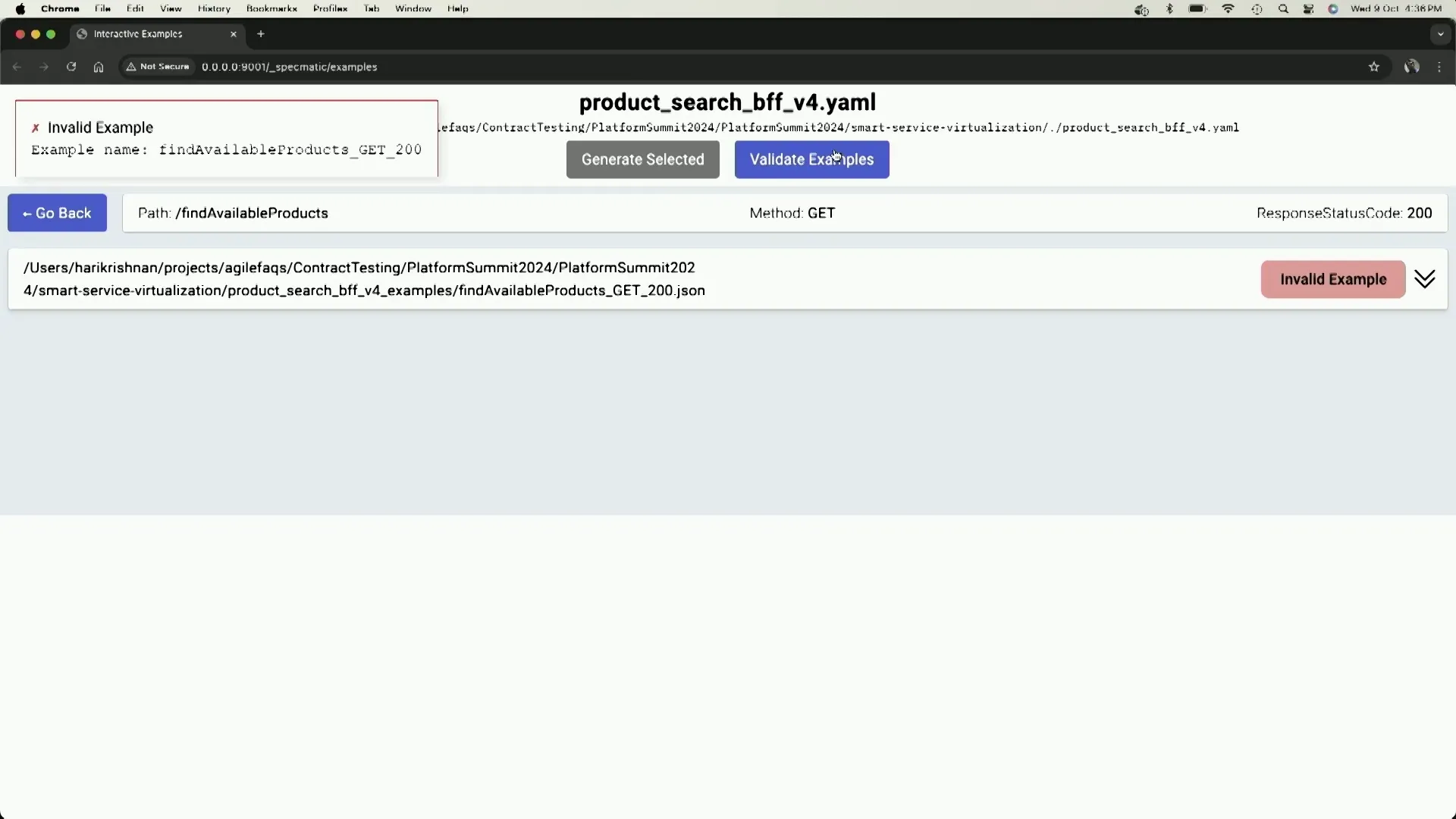
Creating and Testing the Stub Server
Creating a stub server based on the API specification is a vital part of the API Design First methodology. Once the stub is set up, developers can test it to ensure it behaves as expected. This involves sending requests to the stub server and verifying that the responses match the predefined examples.
Testing the stub server not only helps identify issues with the API design but also provides a platform for consumers to build their applications without waiting for the actual API implementation. This leads to faster development cycles and improved collaboration between teams.
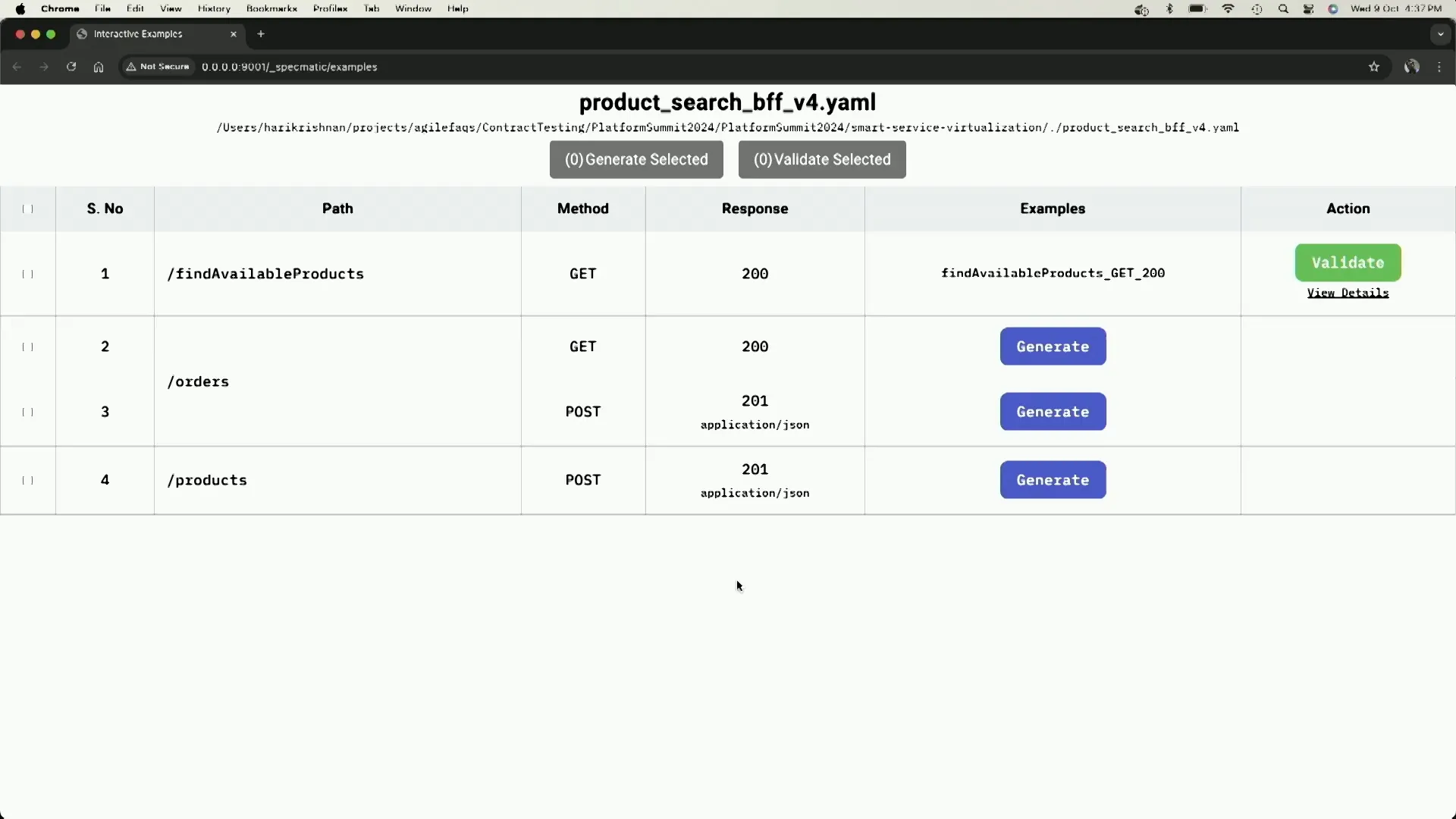
Once the stub server is operational, developers can easily run tests against it. They can verify that the responses returned by the stub match the expected outcomes defined in the API examples. This testing process is essential for ensuring that the API behaves consistently and meets the requirements set forth in the API specification.
Key Benefits of Testing the Stub Server
- Ensures alignment between API design and implementation.
- Facilitates early detection of discrepancies.
- Allows for independent development by consumers.
- Enhances overall API quality and reliability.
Running Tests Against the Provider
Once the stub server is operational, it’s essential to validate the API against the provider. This is where running tests against the provider becomes crucial. By utilizing the API specification, developers can generate tests that ensure the implementation aligns with the defined contract.
These tests can be automated, providing a seamless integration process. As developers push changes, automated tests can validate the API responses against the expected outcomes. This not only assures quality but also builds confidence in the API’s stability.
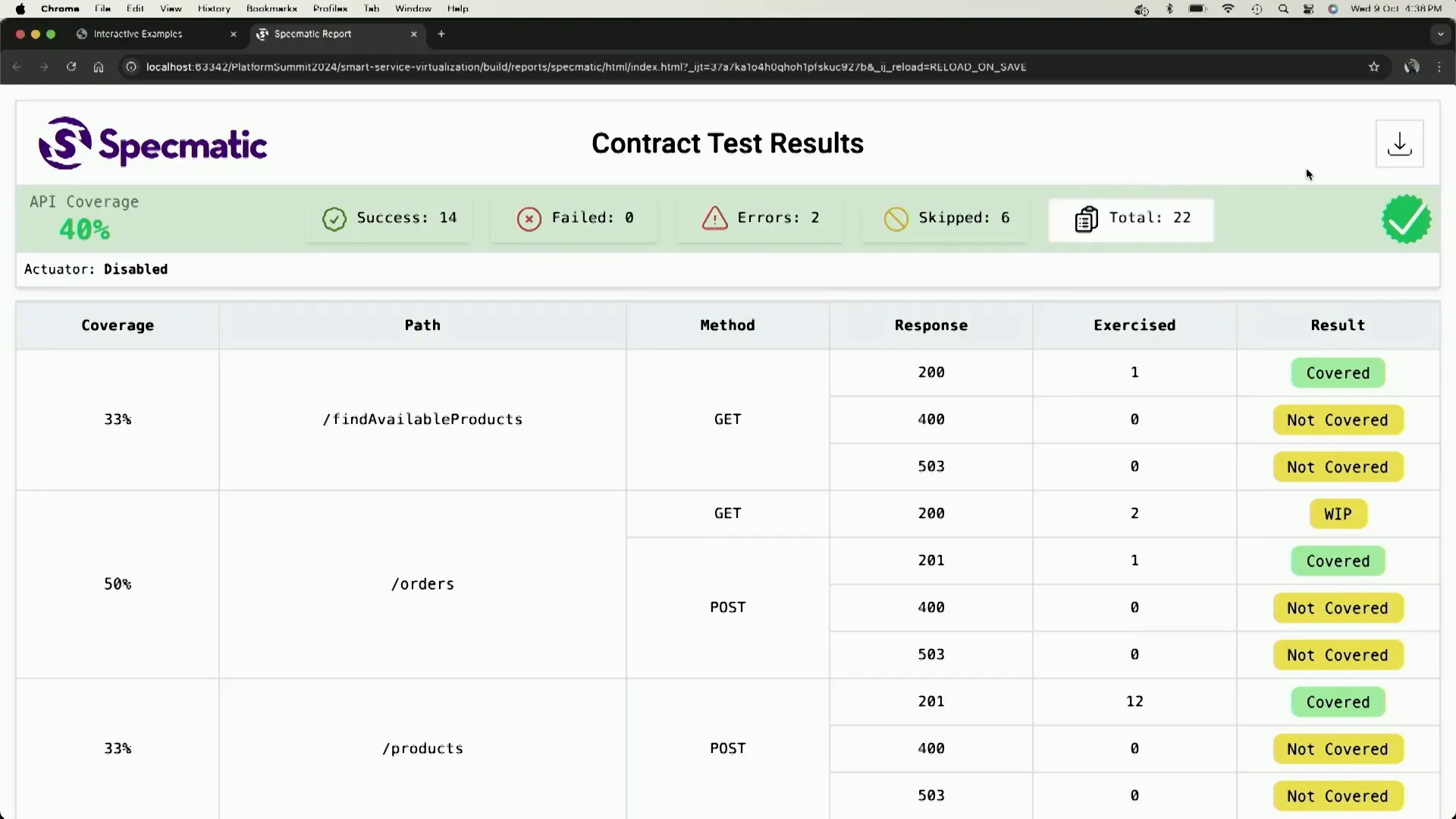
Importance of API Specifications
API specifications serve as the foundation for all API interactions. They define the structure, endpoints, and expected behaviors, creating a clear communication channel between consumers and providers. A well-defined specification minimizes ambiguity, ensuring that all stakeholders are on the same page.
Moreover, having a definitive API specification enhances collaboration among teams. It enables parallel development, where front-end and back-end teams can work independently without stepping on each other’s toes. This not only accelerates the development process but also reduces the potential for errors and miscommunication.
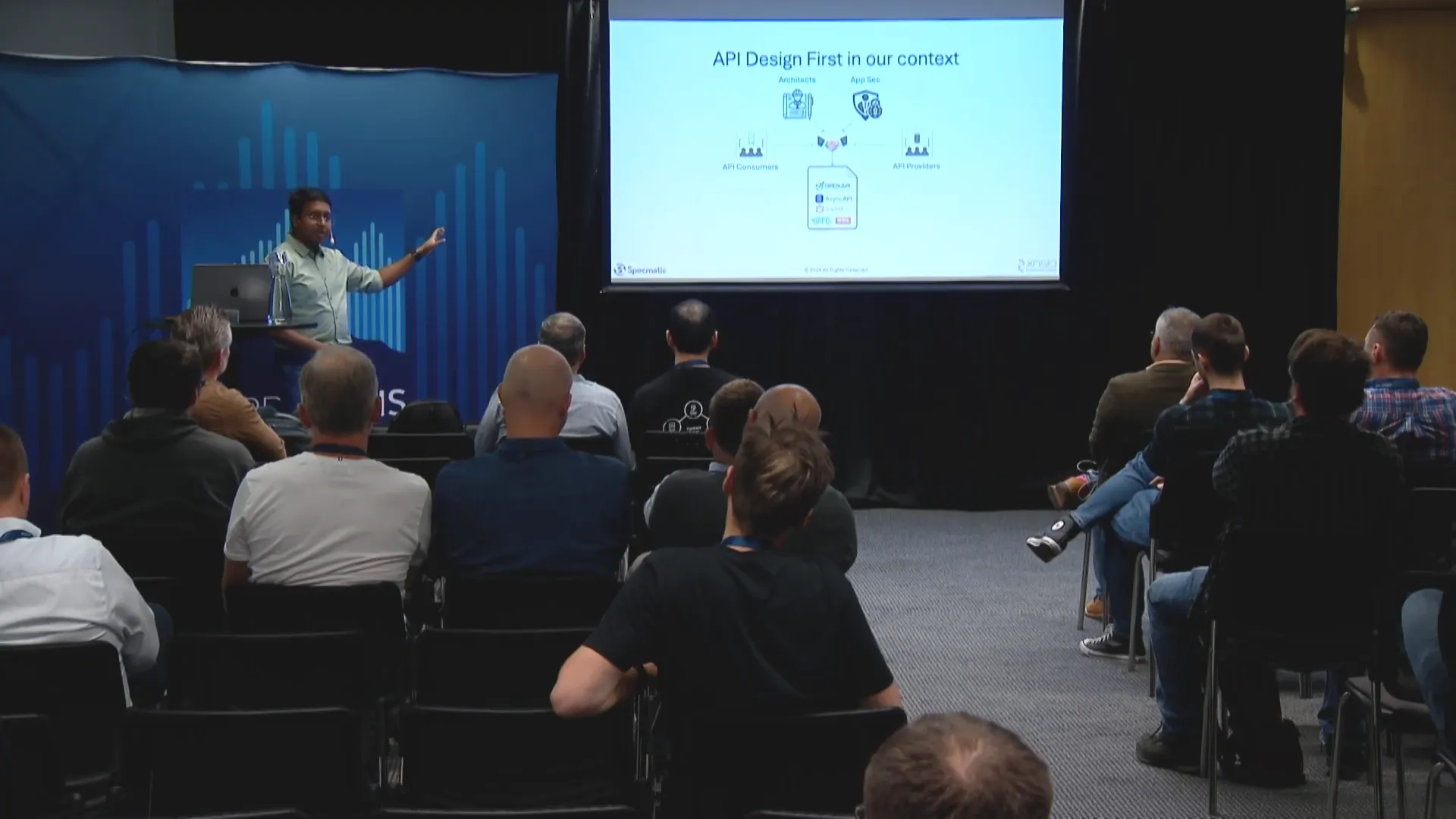
Collaboration Among Stakeholders
Effective collaboration is at the heart of the API Design First approach. Stakeholders, including developers, architects, and security teams, must come together to discuss and agree on the API’s design. This collaboration can often take place over various platforms, from wikis to collaborative documentation tools.
By fostering open communication, teams can address concerns early in the design phase. This proactive approach helps in identifying potential issues before they escalate, ensuring that the API meets the needs of all parties involved.

Storing API Specifications Effectively
Choosing the right storage solution for API specifications is critical. While some might consider keeping specifications with the provider, this can lead to accessibility issues for consumers. A central repository, such as a Git repository, provides a democratic approach where both consumers and providers can access and contribute to the specifications.
Utilizing a version control system allows teams to manage changes effectively. It provides a clear history of modifications, making it easier to track the evolution of the API. Moreover, integrating linting and validation processes into the pull request workflow ensures that only compliant specifications are merged.
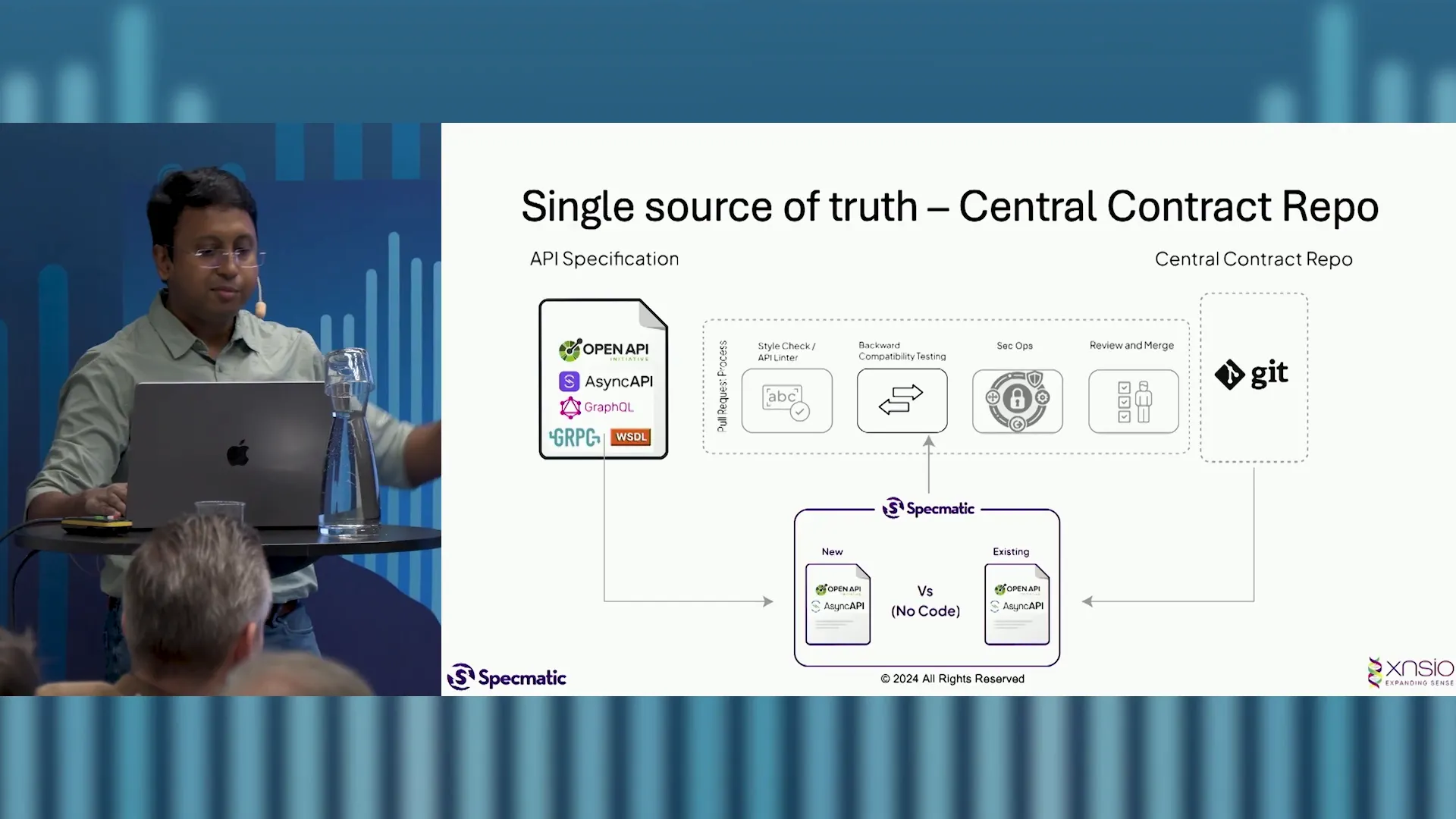
Backward Compatibility Testing
Backward compatibility is a crucial aspect of API development. When changes are made to an API, it’s vital to ensure that existing consumers are not adversely affected. By implementing backward compatibility testing, teams can identify breaking changes before they reach production.
This testing process involves running the new version of the API specification against the existing implementation. If all tests pass, the change is deemed backward compatible. If any tests fail, developers can address the issues before proceeding, preventing potential disruptions for consumers.
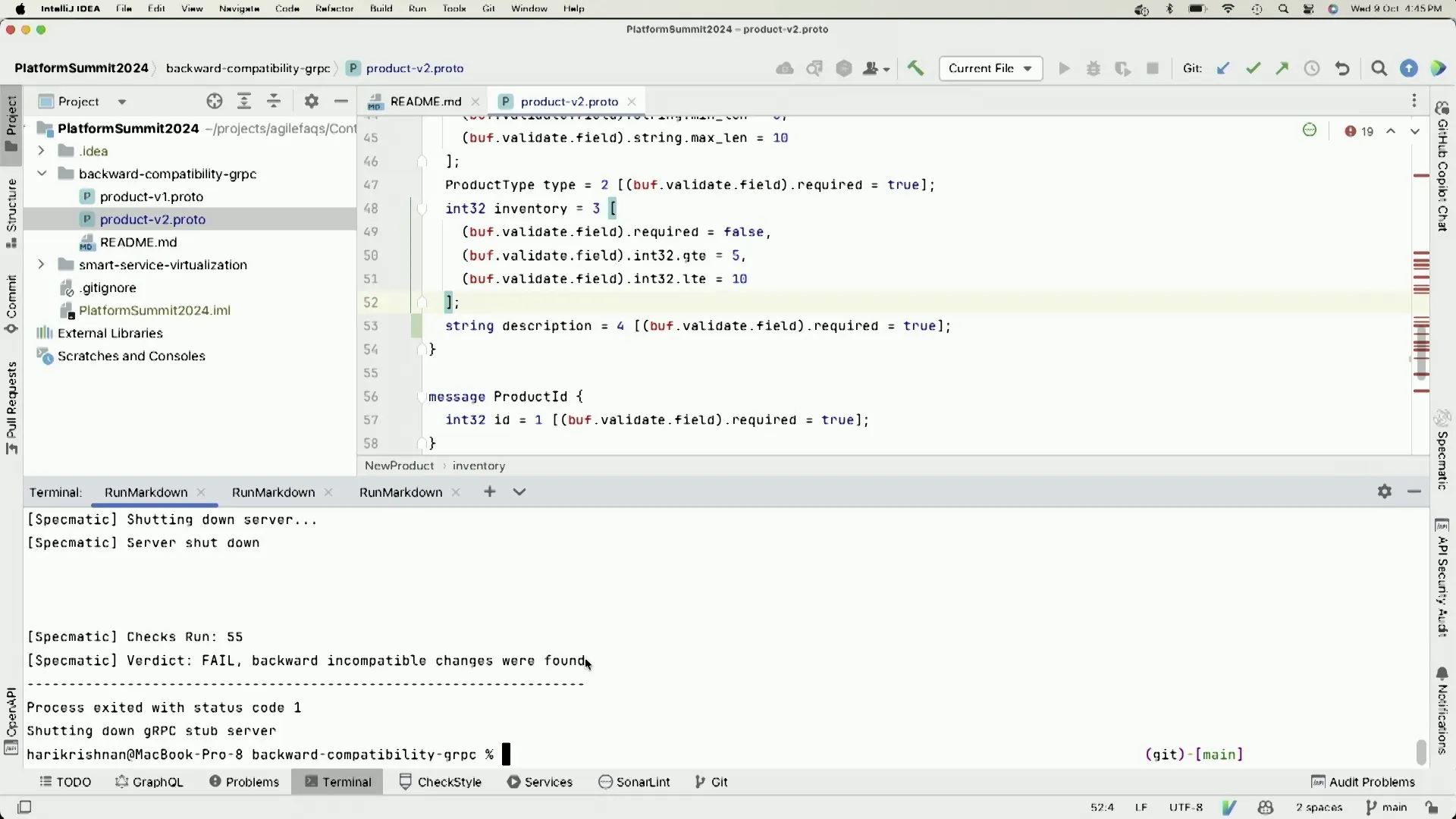
Demo: Backward Compatibility with Proto Files
To illustrate backward compatibility testing, let’s consider a scenario using Proto files. Suppose we have two versions of a Proto file: V1 and V2. Initially, both files are identical, indicating full backward compatibility.
Now, if we introduce a new mandatory field in V2, we can test whether this change breaks compatibility. Running the compatibility check will reveal that the addition of a mandatory field is indeed a backward incompatible change. This process allows teams to make informed decisions about versioning and API evolution.
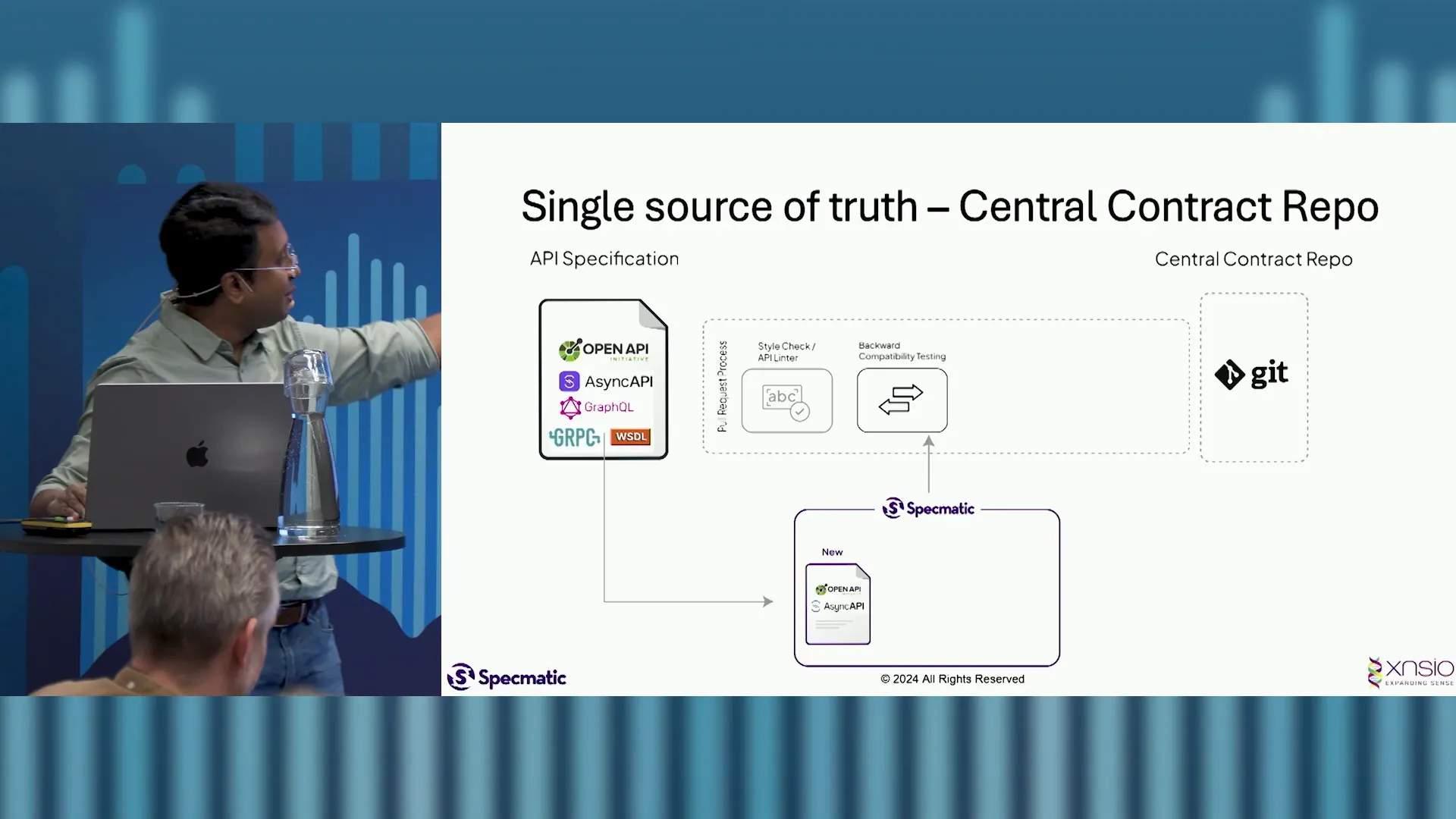
Identifying Backward Incompatible Changes
Identifying backward incompatible changes is critical in API development. When an API evolves, it’s essential to ensure existing consumers remain unaffected. This involves rigorously testing any proposed changes against the current version of the API.
Backward incompatible changes can manifest as modifications to existing endpoints, changes in data types, or the addition of mandatory fields. A systematic approach to detect these changes early in the development cycle can save significant time and resources.
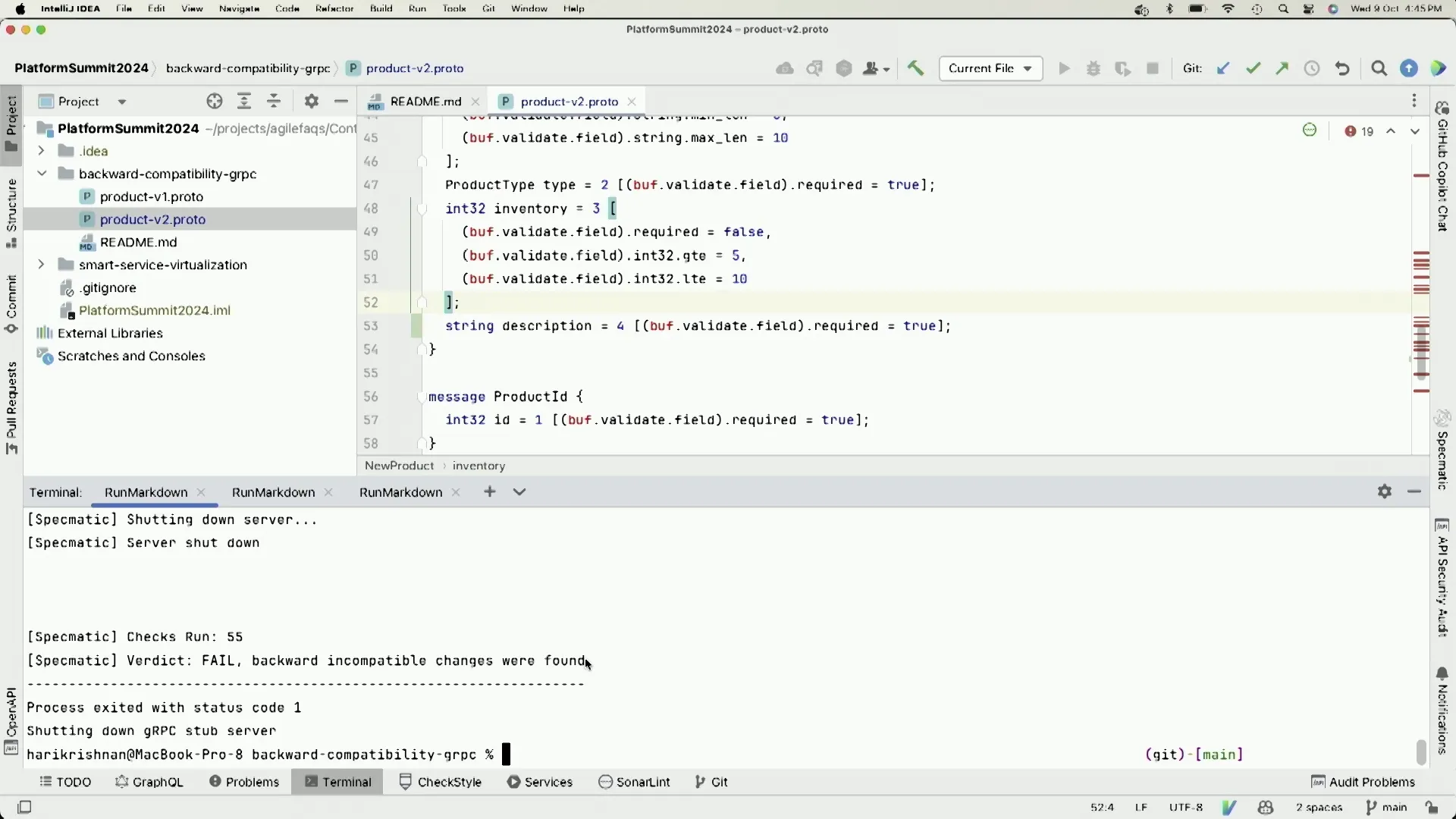
Strategies for Detection
- Version Comparison: Regularly compare new API versions with existing ones to identify potential breaking changes.
- Automated Testing: Implement automated tests that run against both the new and old API specifications to catch discrepancies.
- Consumer Feedback: Engage with API consumers to gather insights on any issues they encounter due to changes.
Tools for Compatibility Testing
Several tools can assist in backward compatibility testing. These tools often automate the detection of breaking changes by validating new API specifications against the existing implementation.
- Contract Testing Tools: Utilize tools like Pact or Postman to validate contracts and ensure consistent behavior across versions.
- Schema Validation Tools: Use JSON Schema or Protobuf Validators to ensure that data structures remain compatible.
Integrating Linting and Compatibility Checks
Integrating linting and compatibility checks into the API development workflow enhances the overall quality and reliability of the API. Linting tools ensure that the API specifications adhere to defined standards and best practices, while compatibility checks validate that changes do not introduce breaking changes.

Benefits of Linting
- Consistency: Linting enforces a consistent coding style across API specifications, making them easier to read and maintain.
- Early Detection: By identifying issues early, linting reduces the likelihood of costly errors later in the development process.
- Documentation: Well-structured specifications serve as better documentation for both developers and consumers.
Implementing Compatibility Checks
Compatibility checks should be an integral part of the CI/CD pipeline. By automating these checks, teams can ensure that any changes made do not lead to backward incompatible changes.
Using tools like Spectral for linting and Specmatic for compatibility checks can streamline this process. These checks should be run on pull requests to catch issues before they are merged into the main branch.

The Role of CI in API Development
Continuous Integration (CI) plays a vital role in API development by automating the testing and validation of API changes. CI systems can run a suite of tests, including linting, compatibility checks, and contract validations, every time a change is made.
This automation not only speeds up the development process but also ensures a higher level of quality control. Developers receive immediate feedback on their changes, allowing for quicker iterations and improvements.
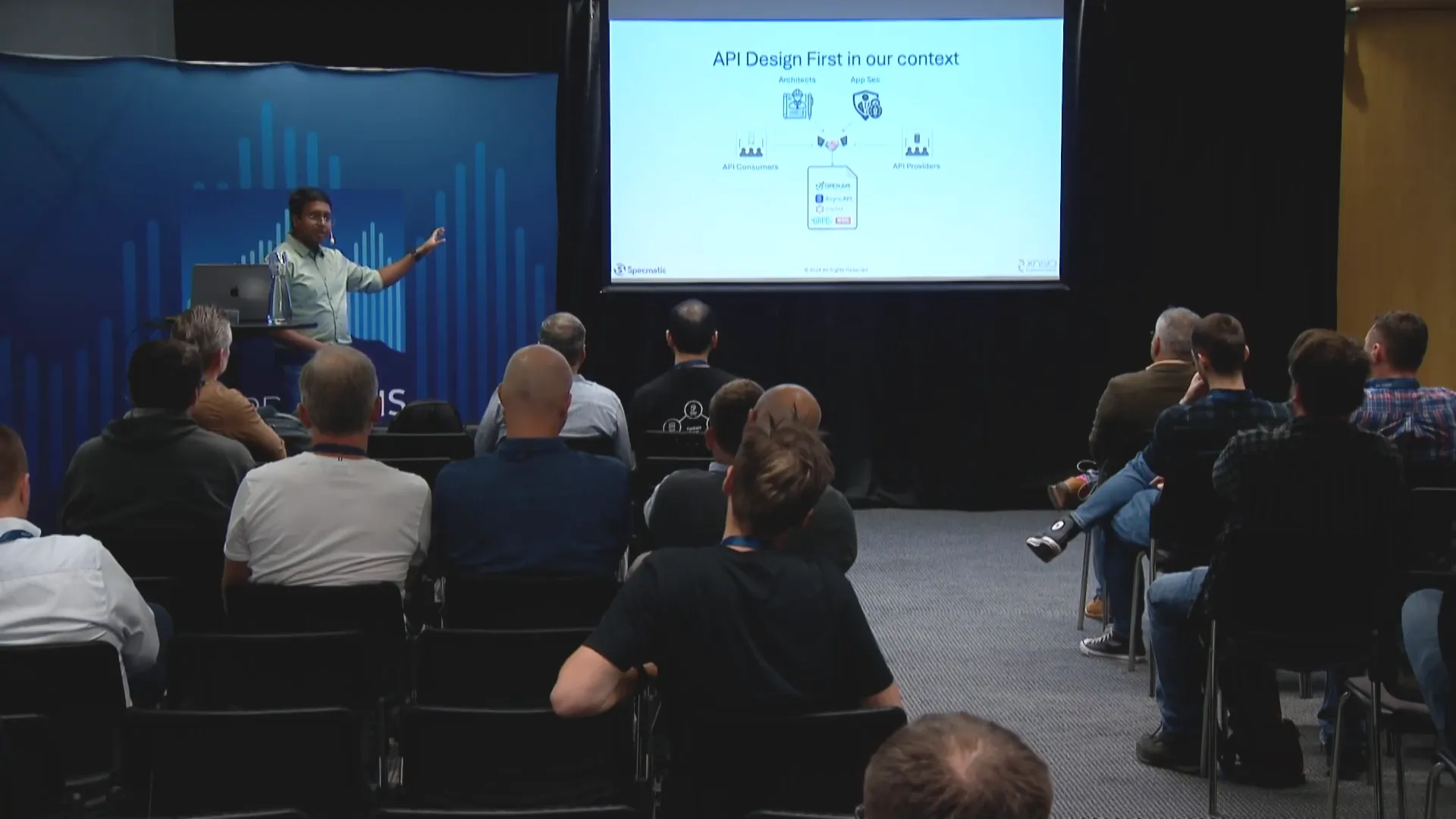
Setting Up CI for API Projects
- Choose a CI tool that integrates well with your version control system.
- Define a build pipeline that includes linting, testing, and compatibility checks.
- Monitor the results of each build to identify and address issues promptly.
- Encourage team members to contribute to the CI setup by adding tests and improving workflows.
Best Practices for CI in API Development
- Run Tests on Every Commit: Ensure that all tests, including compatibility checks, are triggered with every commit to catch issues early.
- Use Staging Environments: Implement staging environments to test APIs in conditions that mimic production.
- Document CI Processes: Maintain clear documentation on how CI is set up and how team members can contribute.
Conclusion: The Benefits of API Design First
The API Design First approach fundamentally transforms how teams develop APIs. By prioritizing specifications and contracts, teams can foster collaboration, reduce errors, and enhance overall API quality.
With a focus on backward compatibility, linting, and CI integration, organizations can streamline their API development processes, leading to faster delivery times and improved consumer satisfaction.
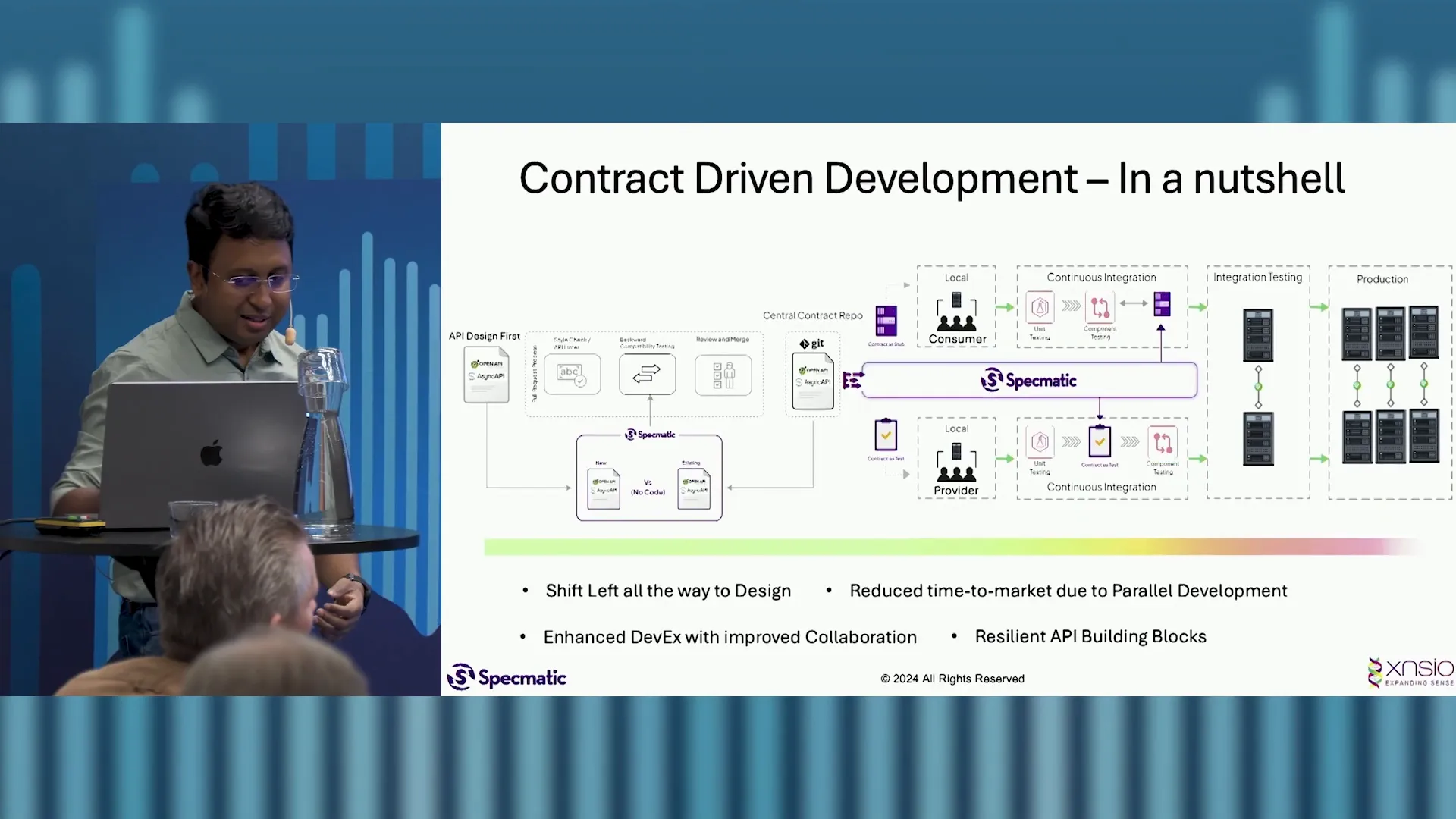
FAQ
What is API Design First?
API Design First is a methodology that emphasizes defining APIs before development, ensuring all stakeholders have a clear understanding of the API’s functionality.
How do I ensure backward compatibility in my API?
Implement regular compatibility checks and automated tests to identify breaking changes early in the development process using a tool like Specmatic.
What tools can help with API linting and testing?
Tools like Spectral for linting and Specmatic for contract testing are effective in maintaining API quality and compatibility.
Why is CI important in API development?
CI automates the testing and validation process, providing immediate feedback to developers and ensuring a higher level of quality control.